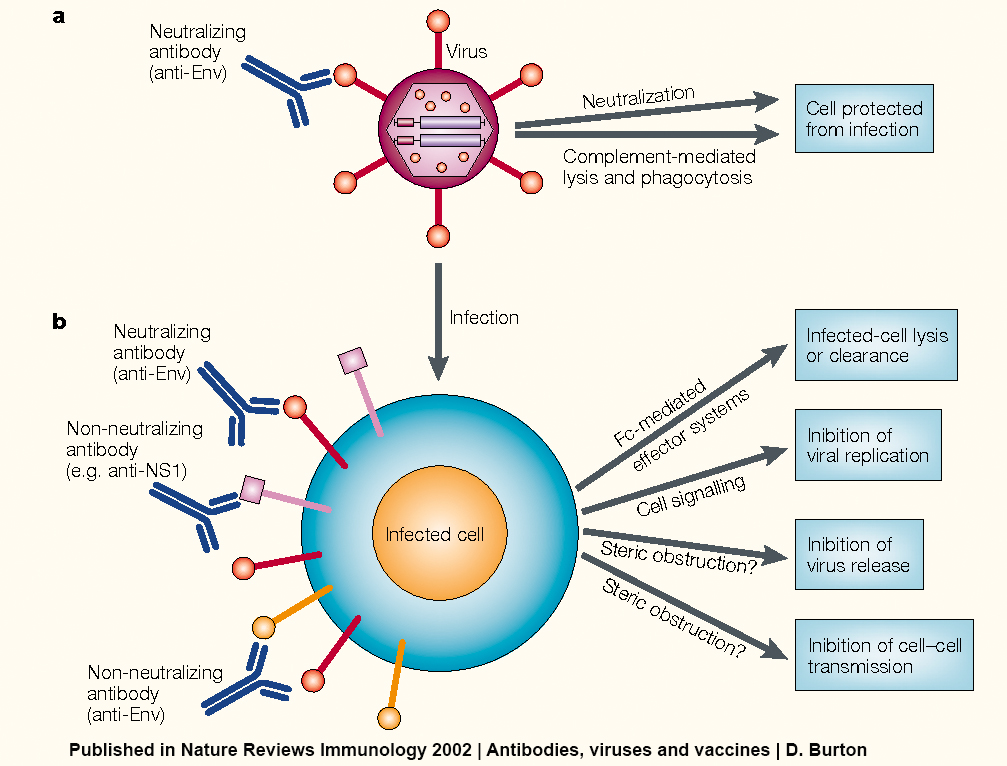COVID-19, Flu, AIDS, Ebola, Zika! What's the first thing that comes to mind when you hear these names? These are all infectious diseases caused by viruses. Infectious diseases can be caused by viruses, bacteria, fungi, and parasites. But of all these infectious agents, viruses are unique in that they are not living organisms, meaning that they cannot live on their own. Viruses rely on the host cells that they infect to get energy, replicate, and synthesize proteins. Therefore, when describing a virus, we usually say “a viral particle or a virion” instead of “a virus cell”.

Based on the infecting hosts, viruses can be divided into bacterial viruses (also known as bacteriophages or phages), archaeal viruses, animal viruses, and plant viruses. The first virus discovered is a plant virus - tobacco mosaic virus, by a Russian botanist, Dmitri Ivanovsky. This is generally regarded as the beginning of Virology, and the year was 1892. No matter what kind of virus it is, they all have similar features. First, they all have a protective coat of protein called a capsid that surrounds the viral genetic material, either DNA or RNA, from degradation. The capsid is made of simple protein subunits coded by the viral genome. Some viruses also have a lipid member outside of the capsid. Second, all viruses need to deliver their nucleic acids into the host cells. Once inside the host cells, they will convert the host cells to replicate viral genomes and synthesize viral proteins. Lastly, new viral particles are assembled inside the host cells. They will then escape the current host and infect the neighboring cells. Viruses are everywhere, and almost all living organisms can be infected by viruses!

Viruses come in different shapes and sizes, and they contain either DNA or RNA but never both as their genetic materials. To make viral proteins, the viral genomes (whether DNA or RNA) will have to be converted to the form of messenger RNAs (mRNAs), the templates for protein synthesis. Therefore, based on the path that mRNAs are made, virologist David Baltimore classified viruses into DNA viruses (including Group I – double-stranded and Group II – single-stranded), RNA viruses (including Group III – double-stranded, Group IV – positive single-stranded, and Group V – negative single-stranded), and Reverse transcribing (RT) viruses (including Group VI - single-stranded RNA viruses with a DNA intermediate in their life cycle and Group VII – double-stranded DNA viruses with an RNA intermediate in their life cycle). This is known as the Baltimore classification system. Next time let’s talk about DNA viruses. (To Be Continued)

Your blog post content here…
